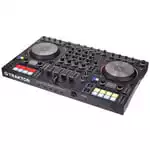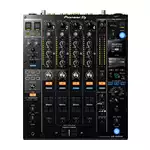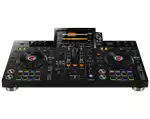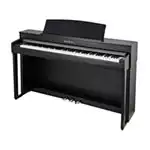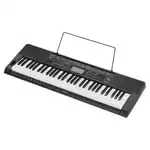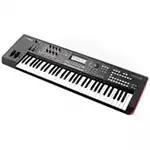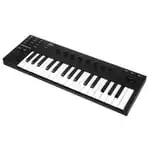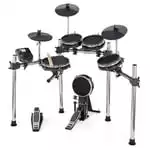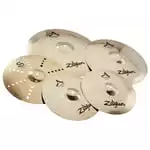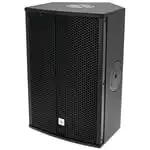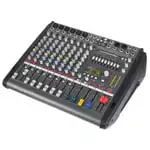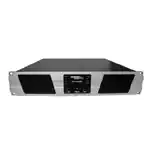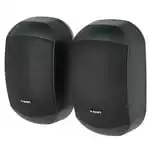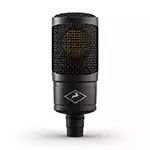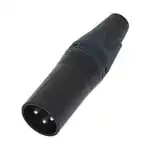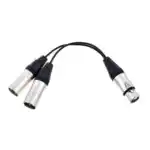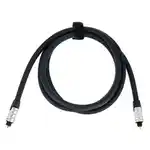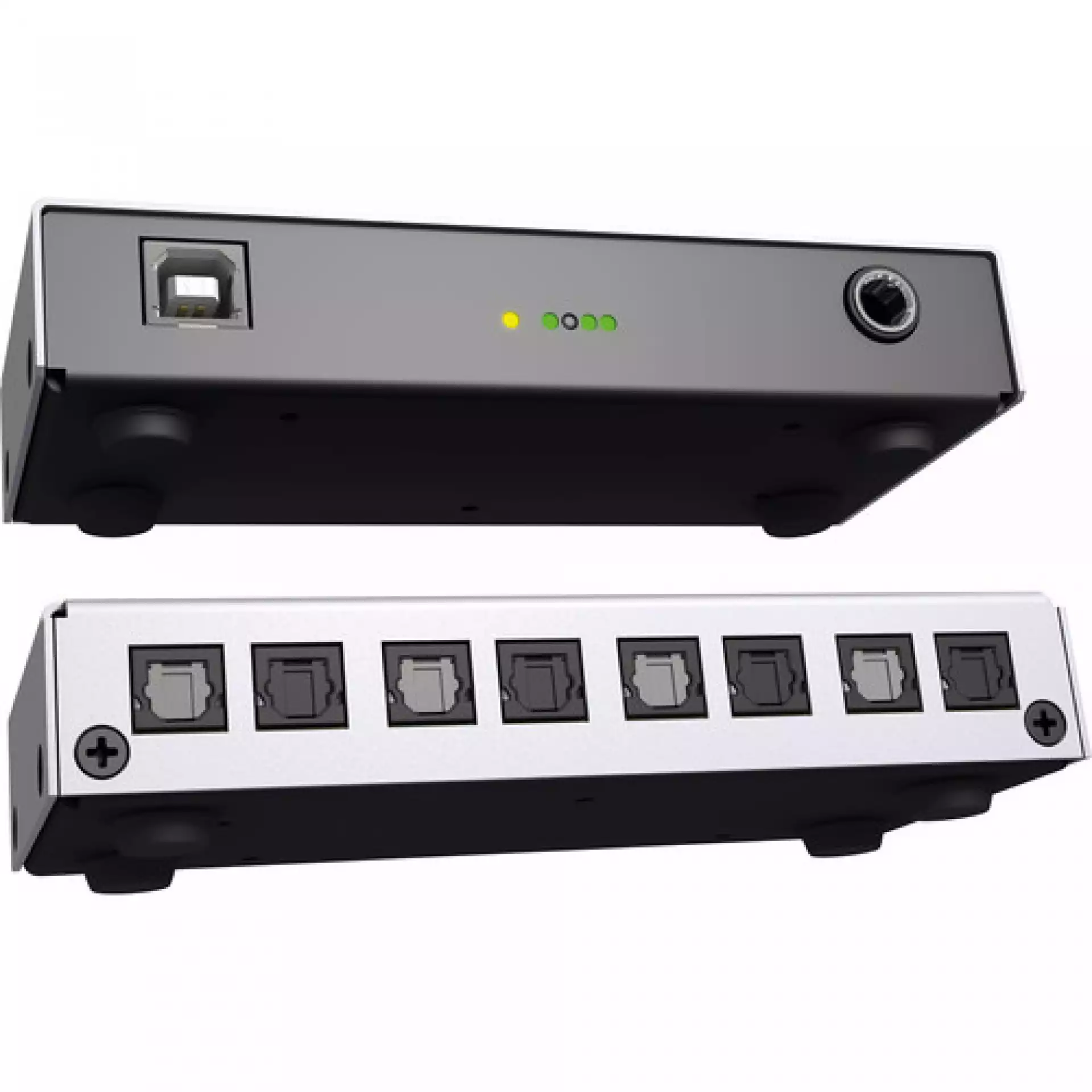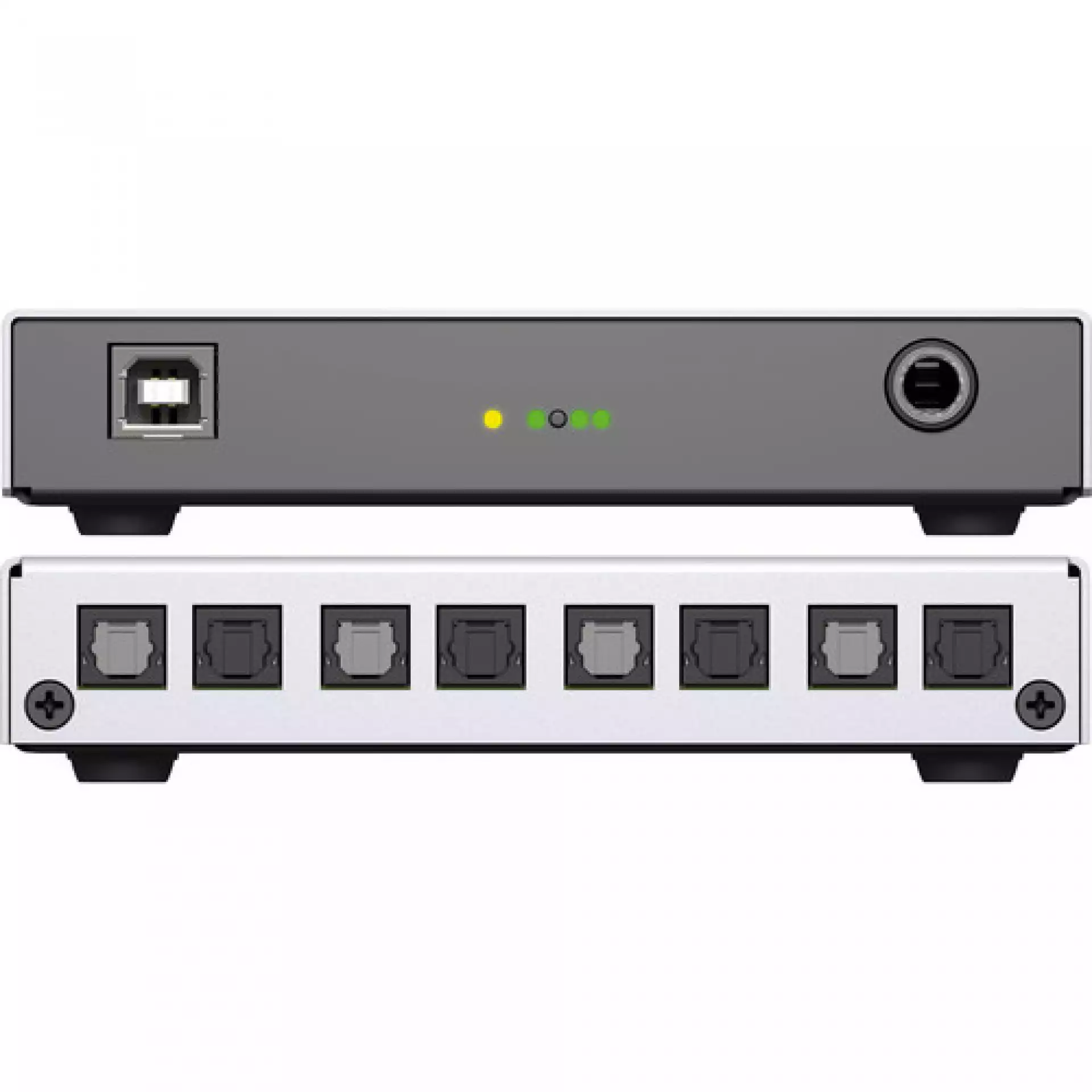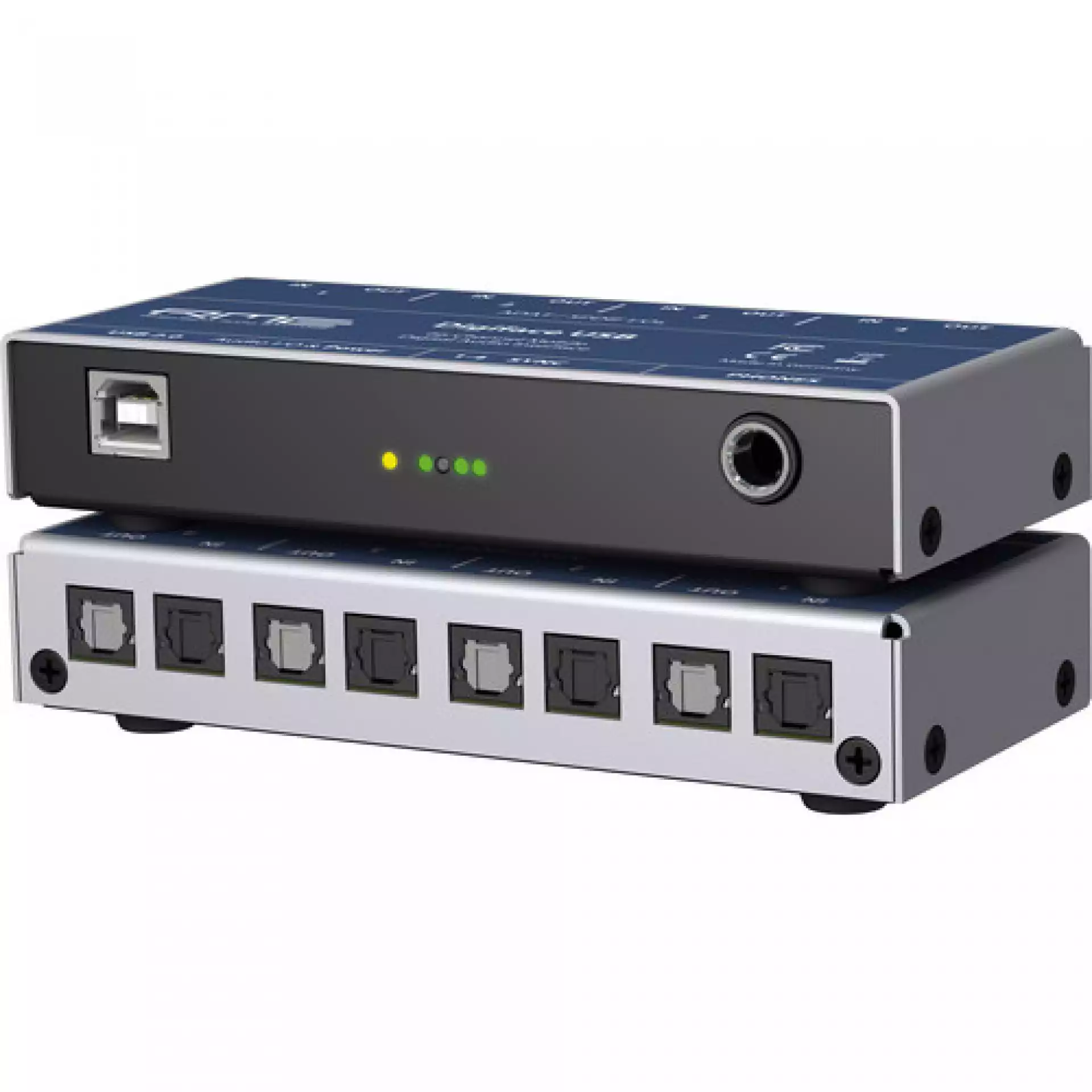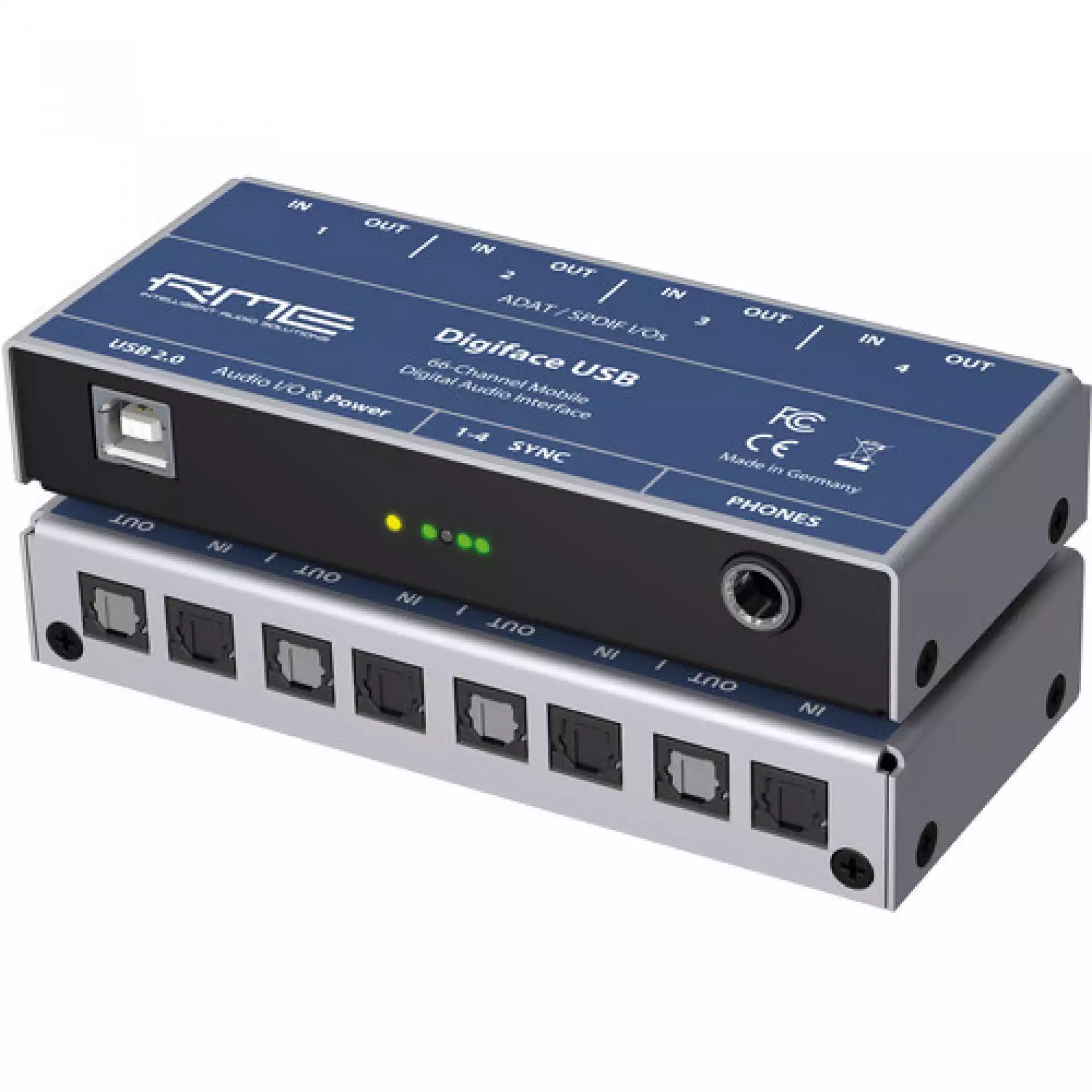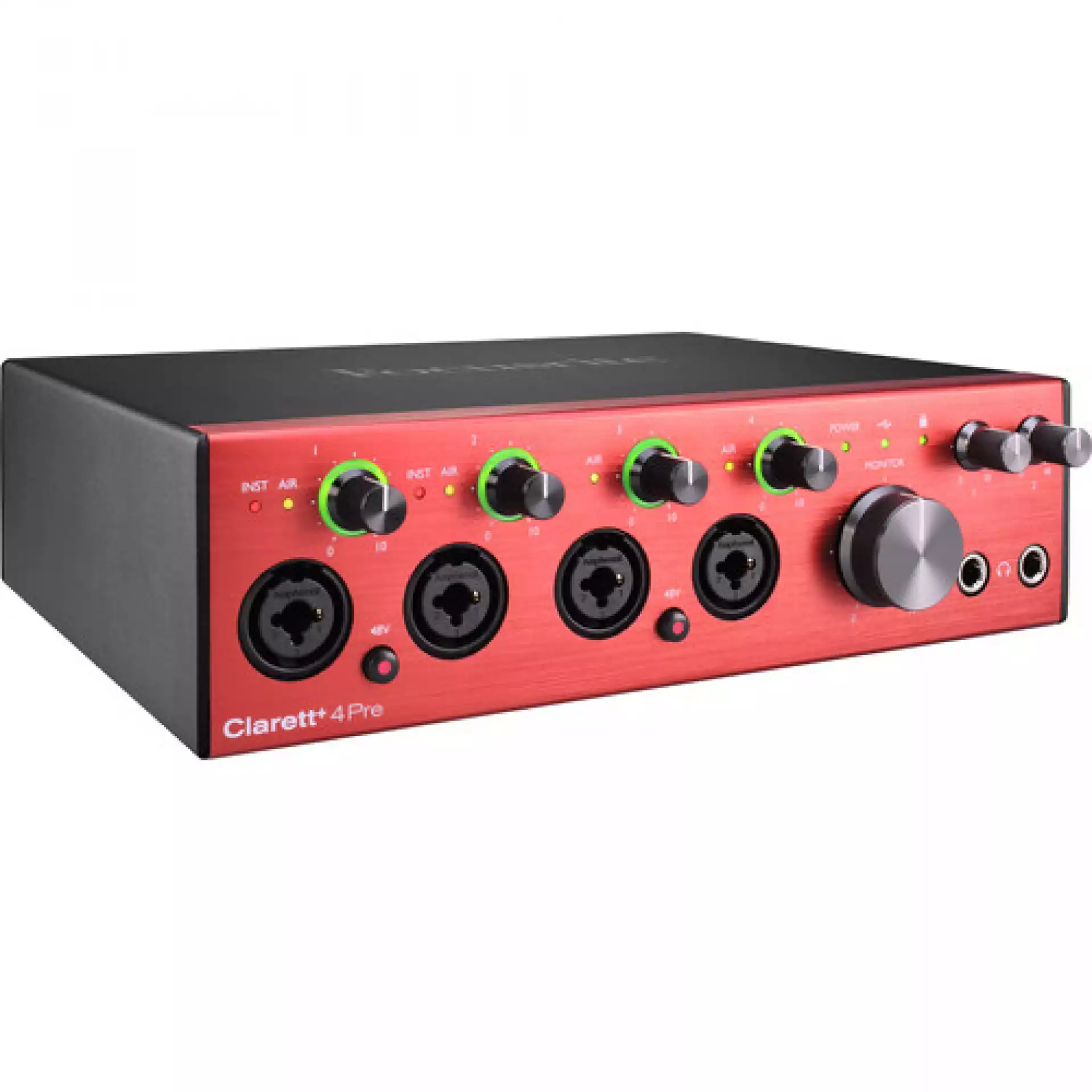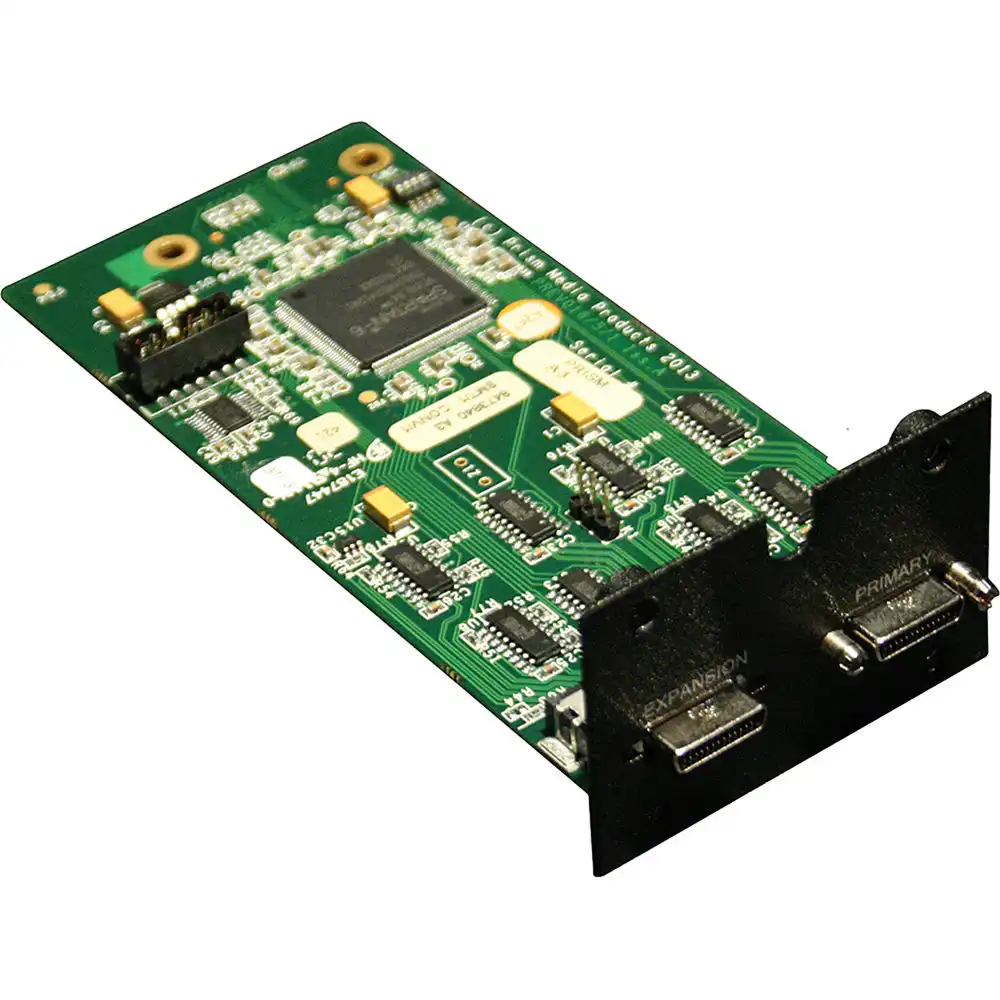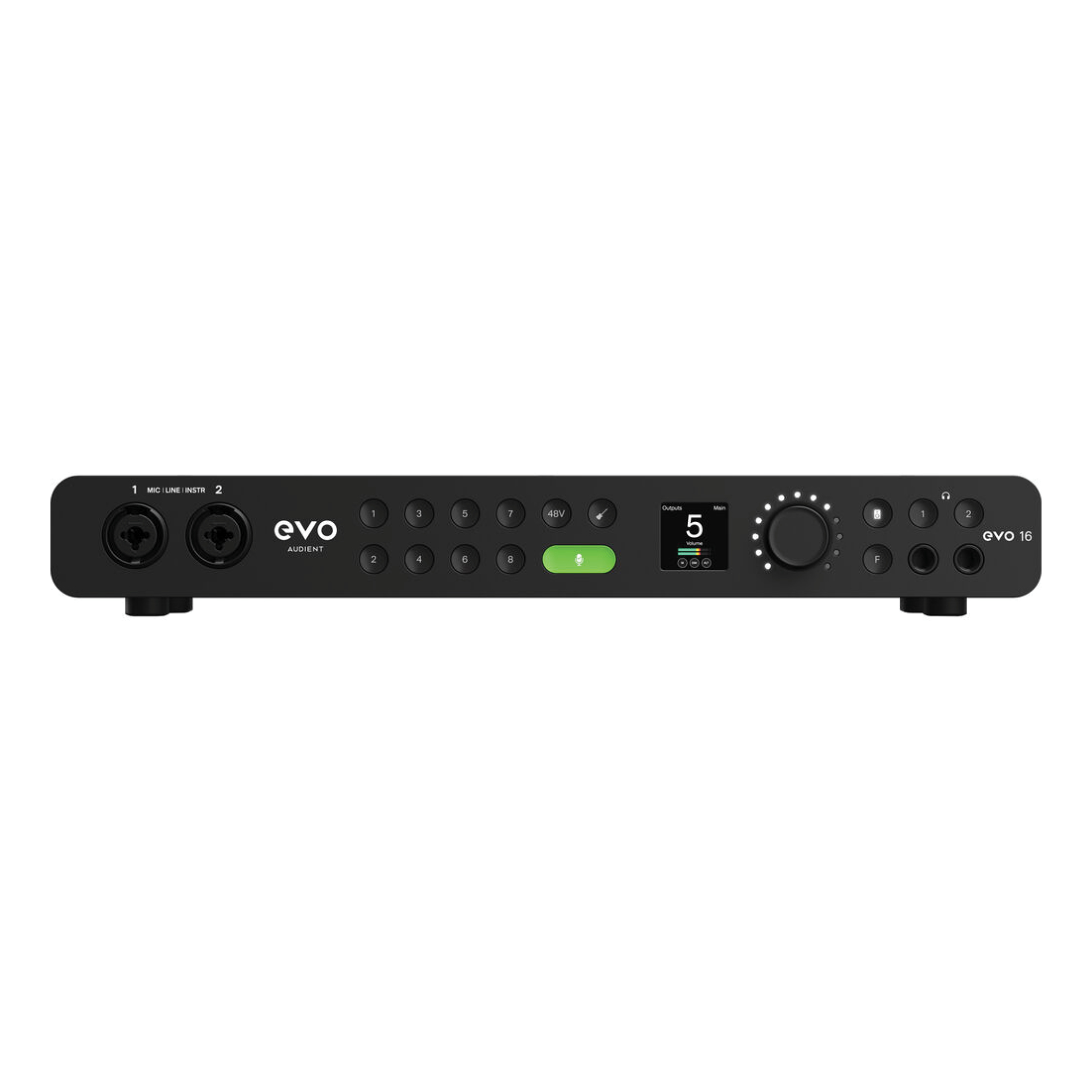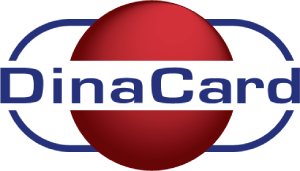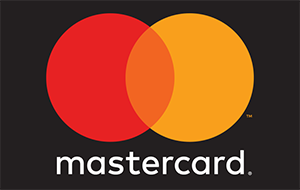RME DIGIFACE USB

Garantujemo najnižu cenu!
The latest Plug and Play technology guarantees a simple installation, even for the inexperienced user. Numerous unique features as well as RME's robust drivers enable a quick, efficient and comfortable operation of the Digiface USB. Its small size, weight and bus-powered operation make the Digiface USB extremely versatile and useful. It could even serve as simple headphone amp for mobile use.
The Digiface USB is an extremely compact & portable digital audio interface with 4 optical ADAT / SPDIF I/Os, and an analog high-quality line/phones output via 6.3 mm TRS jack. Continuing the legacy of RME‘s famous HDSP Digiface, a triple ADAT I/O interface with phones and PCI interface, Digiface USB simplifies connection with USB 2, does not need an external power supply, and even adds another optical I/O, resulting in 32 channels input and output each when using ADAT optical.
The analog output hosts channels 33/34, and can be used freely thanks to TotalMix FX, RME‘s routing and monitoring solution that knows nearly no limits in routing and mixing (the Digiface USB does not include FX).
Each single optical port can use either ADAT (up to 8 channels) or SPDIF (stereo). While the inputs adapt automatically to the received signal format, the outputs can be individually switched between ADAT and SPDIF operation. Supported are SMUX and SMUX4. Therefore at 192 kHz either 8 channels via 4 x SPDIF or ADAT are possible on both inputs and outputs.
TotalMix
Like all the latest RME interfaces, the Digiface USB also includes the powerful digital real-time mixer TotalMix FX. It allows for practically unlimited mixing and routing operations, with all inputs and playback channels simultaneously, to any hardware outputs. The Digiface USB does not have a DSP, so there are no FX available. Still it includes a dedicated Control Room section with Talkback, Main/Phones, fader groups, mute groups, complete remote controllability via Mackie or OSC protocol, and much more.
Here are some typical applications for TotalMix:
- Setting up delay-free submixes (headphone mixes). The Digiface USB allows for up to 17 fully independent stereo submixes. On an analog mixing desk, this would equal 34 Aux sends.
- Unlimited routing of inputs and outputs (free utilisation, patchbay functionality).
- Distributing signals to several outputs at a time. TotalMix offers state-of-the-art splitter and distributor functions.
- Simultaneous playback of different programs via a single stereo output. The ASIO multiclient driver supports the usage of several programs at the same time. When done on different playback channels TotalMix provides the means to mix and monitor these on a single stereo output.
- Mixing of the input signal to the playback signal (complete ASIO Direct Monitoring). RME not only is the pioneer of ADM, but also offers the most complete implementation of the ADM functions.
- Integration of external devices. Use TotalMix to insert external effects devices, be it in the playback or in the record path. Depending on the current application, the functionality equals insert or effects send and effects return, for example as used during real-time monitoring when adding some reverb to the vocals.
Every single input channel, playback channel and hardware output features a Peak and RMS level meter, calculated in hardware. These level displays are very useful to determine the presence and routing destinations of the audio signals.
DIGICheck - Test, Measurement and Analysis Tool for Mac & Windows
The Interface comes with RME's unique software tool box for metering, testing, measuring and analyzing digital audio streams. On Mac OS X provides unique functions and features of the spectral analysis of the data calculated in hardware level right through to sophisticated multi-channel level meter. On Windows, an additional multi-track recorder and the display of playback data from an audio software are also
SPECS
Digiface USB
Input Optical ADAT / SPDIF
- 4 x TOSLINK, format according to Alesis specification
- SPDIF compatible (IEC 60958)
- Standard: 32 channels 24 bit, up to 48 kHz
- Double Speed (S/MUX): 16 channels 24 bit 96 kHz
- Quad Speed (S/MUX4): 8 channels 24 bit 192 kHz
- Bitclock PLL ensures perfect synchronisation even in varispeed operation
- Lock range: 31.5 kHz – 50 kHz
- Jitter when synced to input signal: <1 ns
Output Optical ADAT / SPDIF
- 4 x TOSLINK, format according to Alesis specification
- SPDIF compatible (IEC 60958)
- Standard: 32 channels 24 bit, up to 48 kHz
- Double Speed (S/MUX): 16 channels 24 bit 96 kHz
- Quad Speed (S/MUX4): 8 channels 24 bit 192 kHz
Output Analog Phones 33/34
- Dynamic range (DR): 110 dB RMS unweighted, 113 dBA
- Frequency response @ 44.1 kHz, -0.5 dB: 0 Hz – 20.8 kHz
- Frequency response @ 96 kHz, -0.5 dB: 0 Hz – 45 kHz
- Frequency response @ 192 kHz, -1 dB: 0 Hz - 89 kHz
- THD@-1dBFS:-96dB,0.0016%
- THD+N @ -1 dBFS: -95 dB, 0.0017 %
- Channel separation: > 100 dB
Output: 6.3 mm TRS jack, unbalanced
- Output impedance: 2 Ohm
- Output level at 0 dBFS, 1 kOhm load: +9.5 dBu
- Max power @ 0.1% THD: 50 mW
Digital
- Clocks: Internal, ADAT In, SPDIF In
- Low Jitter Design: < 1 ns in PLL mode, all inputs
- Internal clock: 800 ps Jitter, Random Spread Spectrum
- Jitter suppression of external clocks: > 30 dB (2.4 kHz)
- Effective clock jitter influence on AD and DA conversion: near zero
- PLL ensures zero dropout, even at more than 100 ns jitter
- Supported sample rates: 28 kHz up to 200 kHz
General
- Power supply: USB bus power
- Typical power consumption: 1.2 Watts
- Current at 5 V bus power operation: 230 mA
- Max power consumption: below 2 Watts
- Dimensions (WxHxD): 128 x 22 x 55 mm (5.04" x 0.87" x 2.2")
- Weight: 220 g (0.49 lbs)
- Temperature range: +5° up to +50° Celsius (41° F up to 122°F)
- Relative humidity: < 75%, non condensing

